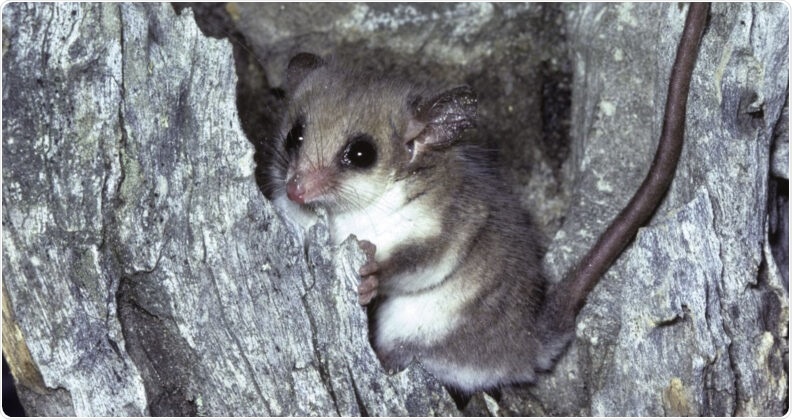Reviewed by Danielle Ellis, B.Sc.Mar 2 2022
Scientists from Curtin University have determined a so-called “game-changing” approach of safeguarding native animals—such as western bush wallabies, pygmy possums, and Australian painted-snipe birds. This is done with the help of advanced DNA technology.

Image Credit: Curtin University
Two study papers, published in the journal Molecular Ecology and Biodiversity and Conservation, analyzed animals and insects around multiple locations such as the Perth region, Western Australia’s Pilbara region, and the Jarrah Forest to determine where the use of DNA metabarcoding—a rapid DNA sequencing tool—would be highly effective to track restoration.
Dr Mieke van der Heyde, a study lead researcher, from Curtin’s School of Molecular and Life Sciences, stated that DNA metabarcoding was a game-changer for tracking the recovery of animals and insects because it could save money, time, and resources.
Fauna monitoring is often overlooked in restoration efforts because there is an assumption that as long as there are plants, everything else will come back on its own—and this isn’t necessarily true.”
Dr Mieke van der Heyde, School of Molecular and Life Sciences, Curtin University
Dr van der Heyde added, “The problem is that monitoring fauna is hard, often requiring teams of experts in remote locations for weeks at a time, making it time-consuming and expensive. Tracking down the expertise to identify all the animals can also be difficult.”
Dr van der Hyde said DNA metabarcoding comes with a per-sample cost instead of a per specimen cost, so it can be an affordable alternative to track fauna recovery in diverse ecosystems but cautioned that it is not a “one-size-fits-all” technique.
We found DNA metabarcoding can show the recovery of insects and plants in woodlands and forests, but not in the arid Pilbara region; and ground-dwelling insects give a better restoration signal than flying insects because they don’t travel as far.”
Dr Mieke van der Heyde, School of Molecular and Life Sciences, Curtin University
Dr van der Heyde continued, “In the arid Pilbara, we could tell the difference between restoration and reference sites using the animals detected from pooled poo samples. The lack of rain makes the droppings last longer and the lack of vegetation makes it much easier to see, especially bird droppings.”
“Unfortunately, DNA metabarcoding can only identify animals and insects if we have reference DNA for them in our database. To improve this tool, we need to DNA barcode many more animals if we want accurate, species-level identifications from DNA. This technology can drastically improve conservation and restoration efforts for the many species under threat from loss of habitat and changing climates,” concluded Dr van der Heyde.
Source:
Journal reference:
van der Heyde, M., et al. (2022) Evaluating restoration trajectories using DNA metabarcoding of ground-dwelling and airborne invertebrates and associated plant communities. Molecular Ecology. doi.org/10.1111/mec.16375